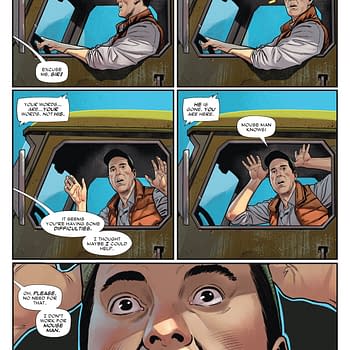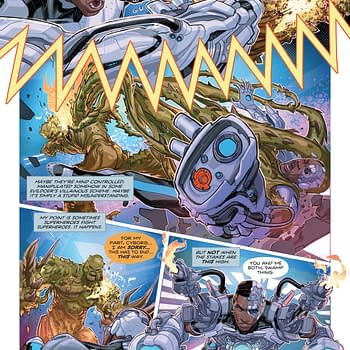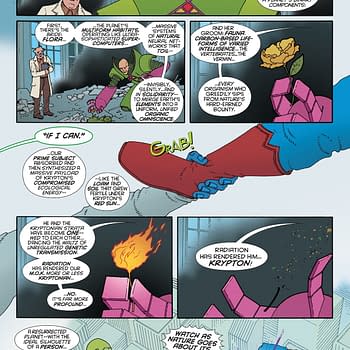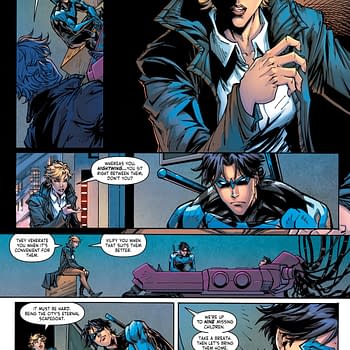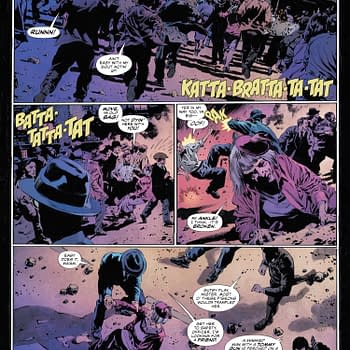Posted in: Comics, Recent Updates, san diego comic con | Tagged: anarchy in comics, Comic strips, Comics, Denis Kitchen, entertainment, RC Harvey, san diego comic con
The Anarchic Origins Of The Comic Strip At San Diego Comic Con – With Denis Kitchen And RC Harvey
By Michele Brittany
Would you believe that our modern superheroes originate from a spirit of anarchy? Sunday Press Books editor Peter Maresca hosted the Origins of the Comic Strip: The Untold Story of Artists and Anarchy, 1895 – 1915 panel at San Diego Comic Con. Maresca was joined by two very influential people in the industry: cartoonist and founder of Kitchen Sink Press Denis Kitchen, and R. C. Harvey, author and cartoonist.
The word cartoon derives from the Italian word cartoni, which Harvey explained is a preliminary drawing. In 1843, Substance and Shadow Cartoon #1 was one of the earliest forms of single panel cartoons, however by the 1890s newspapers were looking to produce a weekly supplement known as the comic weekly. Harvey cautioned that comic at that time "meant originally to the vehicle not the substance."
Part of the problem, as Scott McCloud discussed in his seminal work Understanding Comics: The Invisible Art, that defining comics is difficult especially because historians would keep finding earlier and earlier examples. Harvey read several definitions, but concluded that comics are "Victorian pictorial narratives," which would focus comics to the later 19th Century world.
Often mentioned in terms of early comic strips is of course The Yellow Kid, documenting the under privileged immigrant class of New York. Joseph Pulitzer's New York World and William Randolph Hearst's New York Journal ran competing comic strips and was the first instance of comic merchandising. The Yellow Kid was eventually pushed aside by the Katzenjammer Kids.
Maresca showed several more examples of early comic strips that showed a spirit of experimentation of techniques and subject matter. In one broadsheet, a family of acrobats escapes a hotel room in order to skip paying their bill is an example of a character falling outside a panel. In another, an Italian artist incorporated a playing card motif, while another made a clay relief for each panel and then photographed them. And according to Maresca, the early strips comprised of recurring themes of dreams, a fascination with the modern city, and visions of a futuristic 20th Century. Harvey explained, "you must realize that this was a new medium – imagine a blank broadsheet and no rules." Maresca added that comic strips were really "anarchy in content, in form, in distribution." At a certain point though, the artist would be told to tone it down.
As the hour concluded, Maresca said that he felt that digital format has the same spirit of experimentation that the comic strips exhibited – a blank screen, no rules and no editors.
All panel photographs by Michele Brittany.
Michele Brittany is an independent popular culture scholar and semi-professional photographer and editor of the forthcoming title James Bond and Popular Culture: Essays on the Influence of the Fictional Superspy (McFarland & Company). She regularly posts reviews and analysis on the spy/espionage genre on her blog, Spyfi & Superspies.
















